Audi Q8 vs Mercedes-Benz GLS Spec Comparison: What's Different?
The facelifted Audi Q8 SUV carries a starting price tag of Rs 1.17 crore. Meanwhile, the updated Mercedes-Benz GLS is offered in two variants: GLS 450 and GLS 450d, priced at Rs 1.32 crore and Rs 1.37 crore, respectively. All prices are ex-showroom.

When it comes to luxury SUVs, few models command as much attention and popularity as the Audi Q8 and the Mercedes-Benz GLS. Both vehicles epitomise high-end automotive engineering, cutting-edge technology, and striking design. The Audi Q8 facelift, with its sleek coupe-like profile, merges sportiness and sophistication, while the Mercedes-Benz GLS stands as a pinnacle of classic luxury, combining spaciousness with premium features. In this comparison, we'll dive into how these two giants stack up against each other in terms of performance, interior quality, and overall driving experience.

Audi Q8 vs Mercedes-Benz GLS Spec Comparison: Price Details
The facelifted Q8 SUV carries a starting price tag of Rs 1.17 crore. Meanwhile, the updated GLS flagship SUV is offered in two variants – GLS 450 and GLS 450d, priced at Rs 1.32 crore and Rs 1.37 crore, respectively. All prices are ex-showroom.
Audi Q8 vs Mercedes-Benz GLS Spec Comparison: Styling
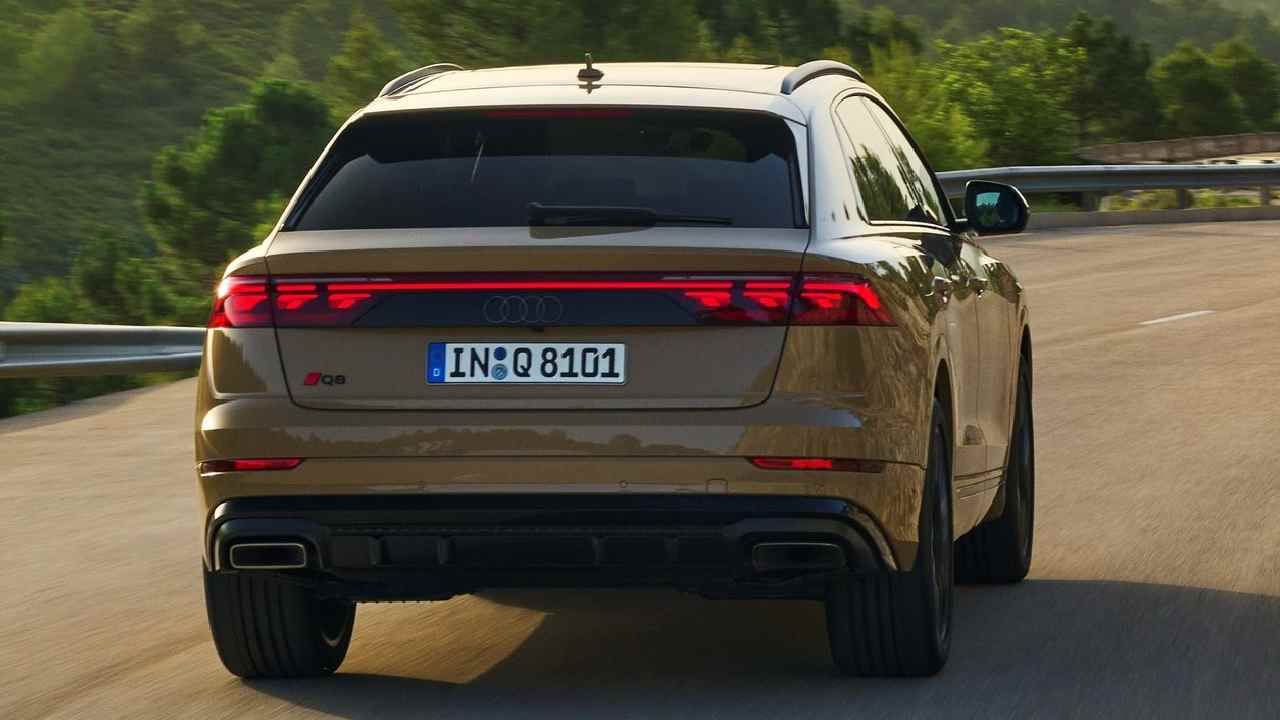
The Q8 facelift gets a new set of matrix LEDs and offers four DRL settings to choose from. Furthermore, a new single-frame grille featuring a 2D Audi logo has been added to the front fascia. The Q8 has a panoramic sunroof, aluminium roof rails, and 21-inch Graphite Grey alloy wheels.
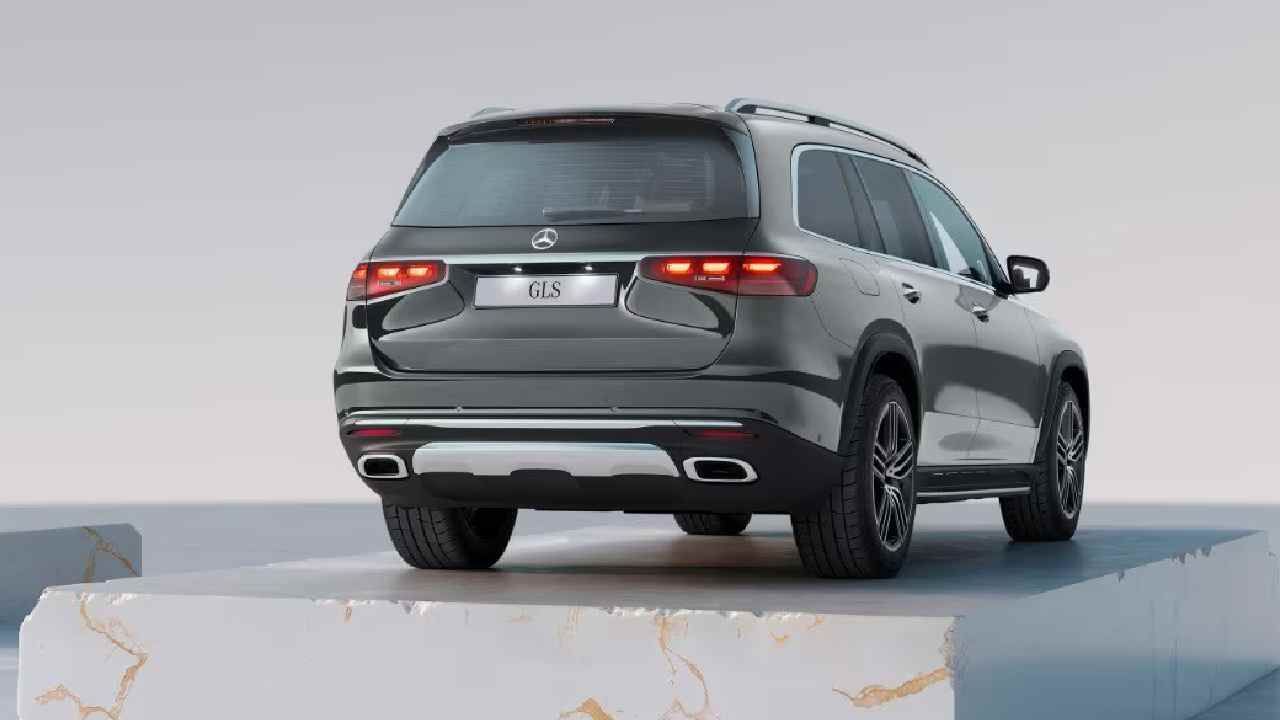
The GLS comes with multibeam LED headlamps, which offer multiple light modes for cornering, country roads, bad weather conditions, and highways, as standard. The premium German carmaker has revised the SUV's design with a new front grille, bumpers, and three horizontal LED elements on the rear lamps. The car now also gets a panoramic sliding sunroof, illuminated running boards (on both sides), and 21-inch light alloy wheels.
Audi Q8 vs Mercedes-Benz GLS Spec Comparison: Engine Options
The Audi Q8 comes with a single engine option: a turbocharged 3.0-litre V6 engine with an eight-speed automatic gearbox. With a 48V mild-hybrid system, its petrol engine generates 340bhp and 500Nm of peak torque, allowing it to accelerate from 0 to 100km/h in 5.6 seconds.
The Mercedes-Benz GLS, on the other hand, is offered with two engine options, both of which come with a mild hybrid setup. There is a 3.0-litre turbocharged petrol engine, which produces up to 500Nm of peak torque and 381bhp of maximum power. And, then, there is a 3.0-litre diesel engine, which is rated for 750Nm of torque and 367bhp. According to the company, the GLS can go from 0 to 100km/h in 6.1 seconds.
Also Read: Mercedes-Benz CLE Cabriolet, AMG GLC 43 Coupe SUV Launched in India at Rs 1.10 Crore
Audi Q8 vs Mercedes-Benz GLS Spec Comparison: Interior Layout and Features

In the Audi Q8, the infotainment and cluster screens are mounted on the centre console and dashboard. There is also a 12.3-inch fully digital instrument cluster, which can be customised to the driver's requirements. Along with HVAC controls, haptic feedback, and a navigation map, the upper section of the central console functions as a dual-screen MMI. Three suspension modes are available for the Audi Q8's adaptive dampers: auto, comfort, and dynamic. The leatherette seats in the cabin have four-way lumbar support, while the front-row seats are electronically adjustable. The driver seat also comes with a memory function. The Q8 also features four-zone climate control. The three-part back row folds flat, increasing cargo capacity to a maximum of 1,755 litres.
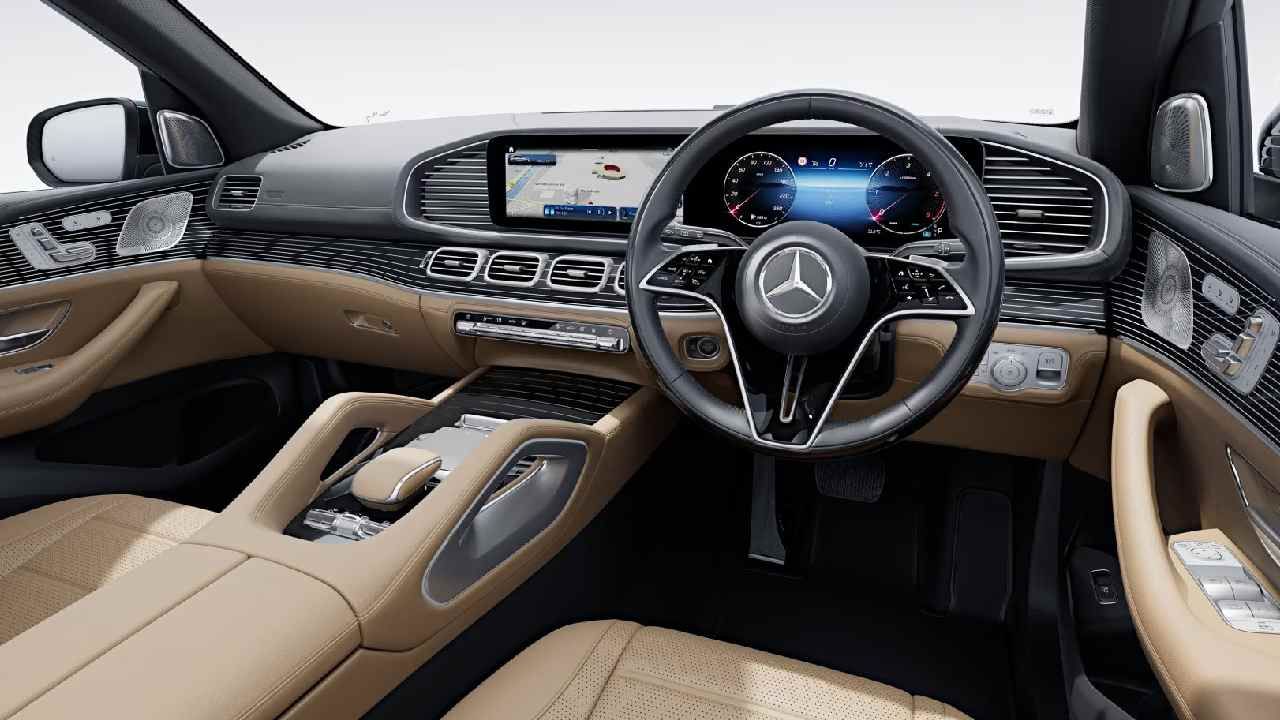
The GLS, on the other hand, comes with the MBUX Entertainment interface, which has a dual-screen display housing for the infotainment display and digital instrument cluster. It features wireless Android Auto and Apple CarPlay, smartphone multimedia connectivity, an adaptive voice assistant, and integrated navigation. In addition to the two touchscreen displays behind the front seat headrests, rear-seat passengers also get remote access to MBUX multimedia via a 7.4-inch Bluetooth tablet. The Mercedes-Benz GLS has a 4MATIC all-wheel drive and variable air suspension with adjustable dampers. For enhanced driving performance, the automaker also provides an Off-Road Engineering Package and an AIRMATIC package. The GLS has seven seats, arranged in a 5+2 configuration. Both the driver and the passenger seats get memory functions, although only the front row has four-way adjustable lumbar support, heating, and ventilation. The manufacturer also offers a Rear Comfort Package Plus, which adds a bigger central armrest – featuring storage, charging outlets, and cupholders – and more comfortable headrests to the back seat.





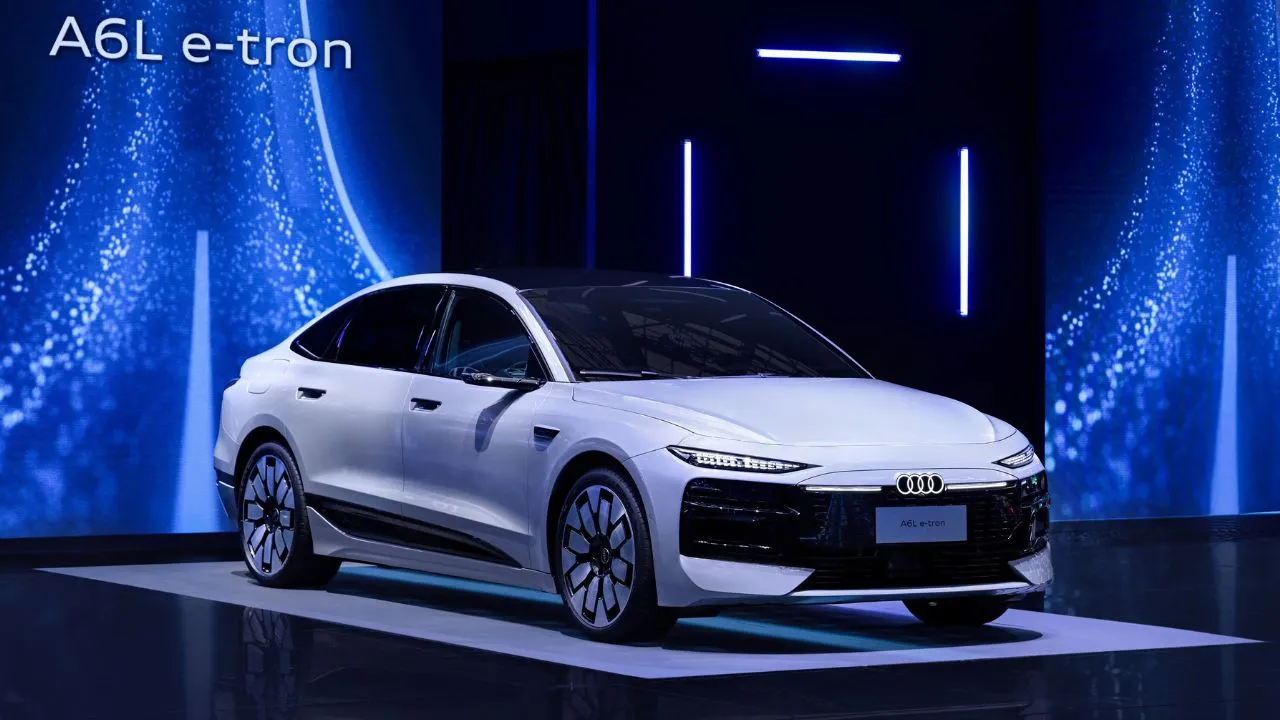
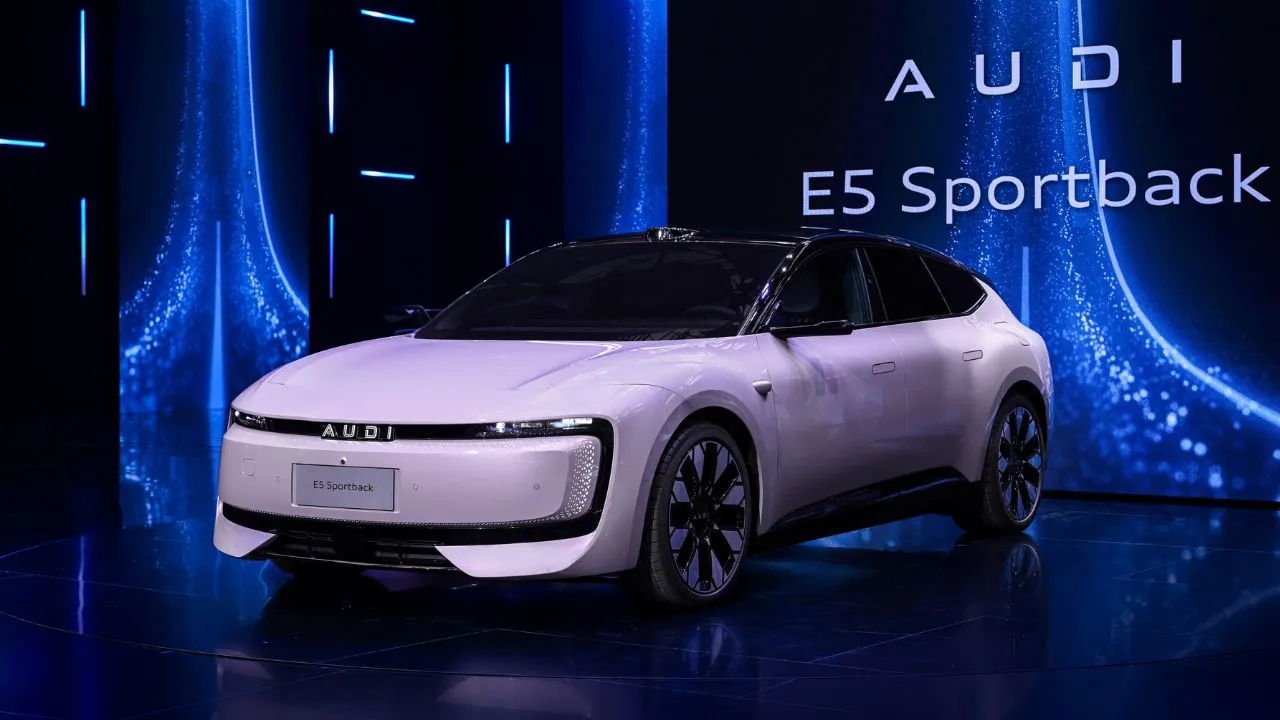
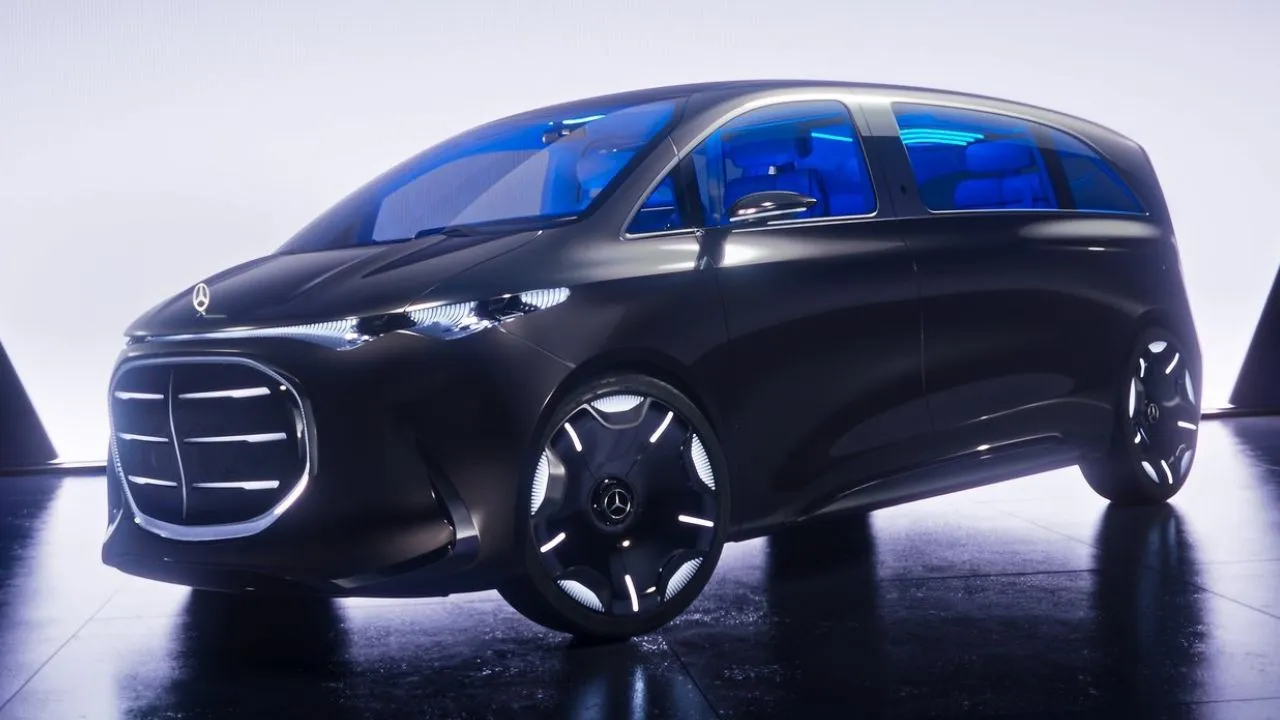
Write your Comment on